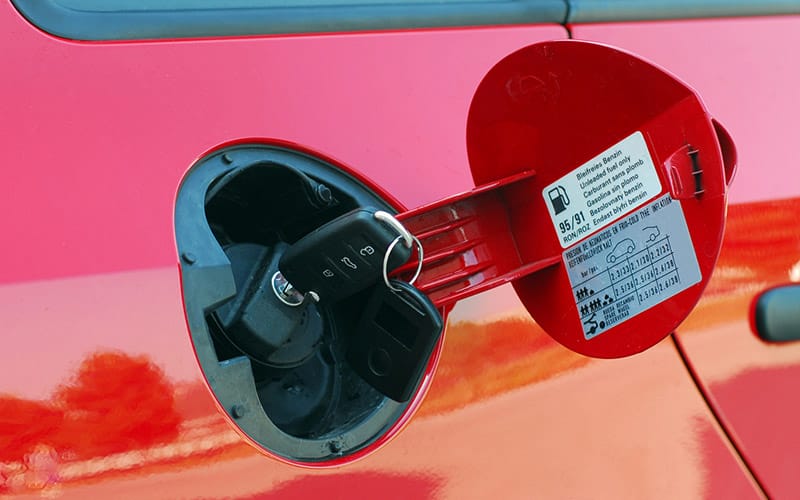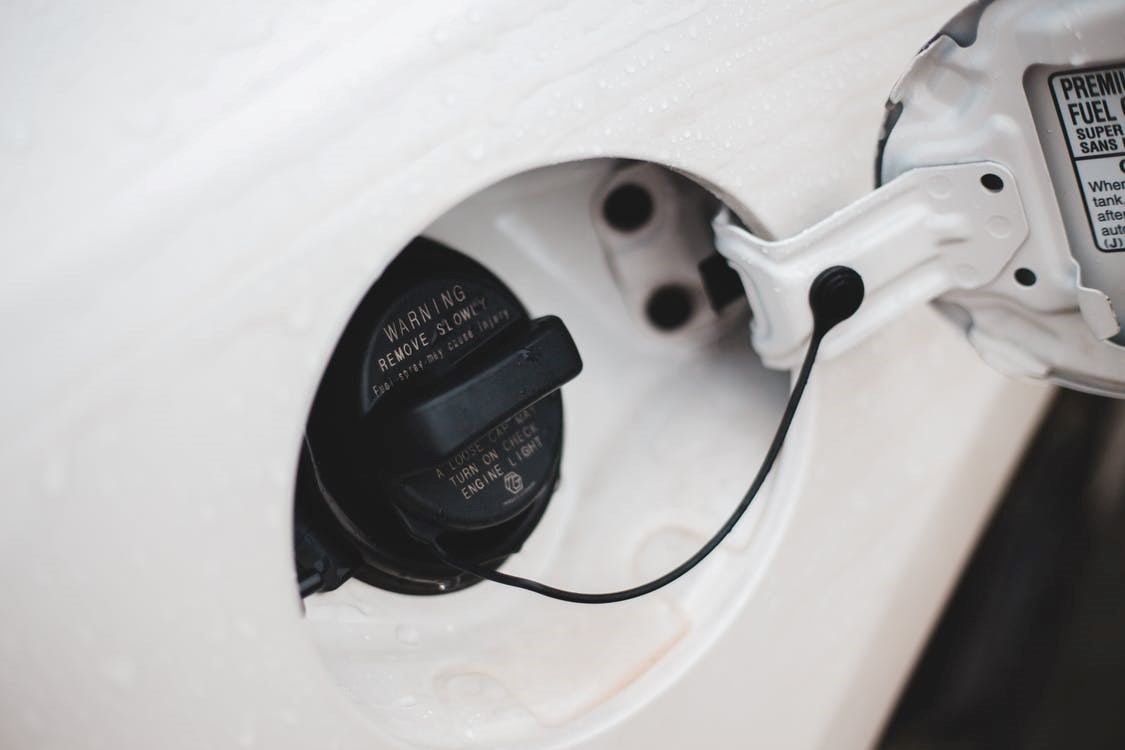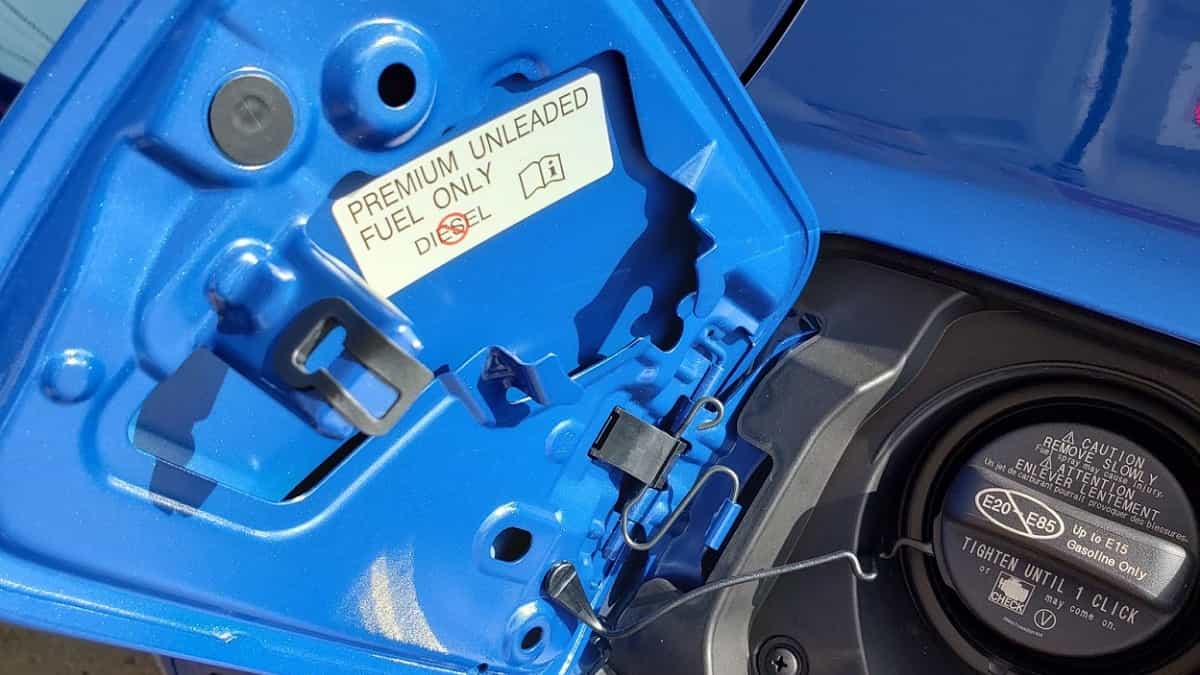How to Know What Gas Your Car Takes
To determine the type of gas your car needs, refer to the owner’s manual or gas cap label for recommended fuel type. Understanding your car’s fuel requirements is crucial for optimal performance and efficiency.
Incorrect fuel usage may result in engine damage and decreased mileage, leading to costly repairs. It’s important to follow manufacturer guidelines to avoid potential issues and prolong the lifespan of your vehicle. By knowing what gas your car takes, you can ensure smooth operation and maintain the overall health of your car.
Regular maintenance and using the right fuel type are key factors in keeping your vehicle running at its best.
Understanding Gas Types
Knowing what type of gas your car takes is essential for proper fueling and optimal performance. By referring to your car’s owner manual or consulting with a professional mechanic, you can easily determine which gas is best suited for your vehicle.
Understanding Gas Types When it comes to filling up your car with gas, it’s essential to know which type of fuel your vehicle requires. Understanding gas types such as regular unleaded, premium unleaded, and diesel is crucial for maintaining your car’s performance and longevity. Let’s explore each type in detail.Regular Unleaded
Regular unleaded gasoline, typically represented as 87 octane on fuel pumps, is suitable for most vehicles on the road today. This fuel is cost-effective and works well for regular driving conditions. However, it’s important to check your car’s manual or gas cap for the recommended octane level, as some vehicles may require a higher octane fuel. Using a lower octane gasoline than what’s recommended can lead to engine knocking and reduced efficiency.Premium Unleaded
Premium unleaded gasoline has a higher octane rating, usually 91 or 93, and is designed for high-performance or luxury vehicles. Cars with turbocharged or supercharged engines often require a higher octane fuel to avoid performance issues. If your vehicle manufacturer specifies the use of premium gas, it’s crucial to follow these guidelines to maintain optimal engine performance.Diesel
Diesel fuel is specifically designed for diesel engines, commonly found in trucks and some passenger cars. It provides better fuel efficiency and higher torque, making it suitable for towing and hauling. Diesel vehicles have a different fueling process, with a separate pump at gas stations, and it’s important to never accidentally fill a gasoline vehicle with diesel. Understanding the specific fuel requirements of your car ensures you’re providing the right fuel for optimal performance and longevity. It’s always important to consult your car’s manual or speak with a professional if you have any uncertainty about the best fuel for your vehicle.
Credit: www.rentalcars.com
Reading The Car Manual
Reading the car manual is crucial to determine the type of gas your car requires before fueling up.
Locating The Fuel Type Section
Find the section labeled “Fuel” or “Fuel Requirements” in your car manual to identify the correct gas type.
Understanding Fuel Recommendations
Review the fuel recommendations stated in the manual to ensure you choose the right gas grade for optimal performance.
Checking The Fuel Cap
When it comes to ensuring you’re putting the right fuel in your car, a simple but crucial step is checking the fuel cap. By examining the cap label and identifying fuel type symbols, you can easily determine the gas your car takes.
Examining The Cap Label
- Locate your fuel cap, usually on the driver’s side.
- Read the information printed directly on the cap.
- Look for any words indicating the fuel type required.
Identifying Fuel Type Symbols
- Learn the symbols commonly used for different fuel types.
- Check for symbols like 91, 95, or diesel.
- Match the symbol on the pump to the one on your fuel cap.
By following these simple steps and paying attention to the details, you can easily determine what gas your car takes based on the information provided on the fuel cap.

Credit: blog.nycm.com
Checking The Fuel Door
When it comes to making sure you’re refueling your car with the right type of gasoline, the first step is to check the fuel door. This is the easiest and most direct way to find out what fuel your car takes, as it often has clear labels or instructions.
Locating The Fuel Door
Locating the fuel door is usually quite straightforward. It’s typically on the side of the car, either on the left or right, near the rear. It might have a small indentation on the door or a button inside the car to release it, but it’s usually easy to find once you know where to look.
Noticing Fuel Type Labels
Once you’ve found the fuel door, noticing the fuel type labels is key. Most cars will have a label or sticker inside the fuel door itself, which clearly states what type of fuel your car takes. It might be written as “Unleaded Fuel Only” or “Premium Unleaded Only,” for example, making it unequivocally clear.
Referring To The Gas Gauge
Referring to the Gas Gauge is one of the easiest ways to determine what type of fuel your car takes. The gas gauge is usually located on your dashboard and provides important information about your fuel levels and mileage. By understanding how to read the gas gauge, you can quickly identify the type of fuel your car requires and plan your refueling accordingly.
Identifying Fuel Types On The Gauge
Reading the gas gauge may seem straightforward, but it can provide essential clues about the type of fuel your car needs. Most gas gauges have multiple indicators that correspond to different fuel types, and understanding these indicators is crucial.
| Indicator | Fuel Type |
|---|---|
| Gas Pump Symbol | Unleaded gasoline (regular) |
| GAS | Unleaded gasoline (regular) |
| PREMIUM | Premium unleaded gasoline |
| DIESEL | Diesel fuel |
By referring to these indicators on your gas gauge, you can easily identify the fuel type that your car takes. Simply match the symbol or text with the appropriate fuel option.
Understanding Fuel Range
Another important aspect of the gas gauge is the fuel range. This feature provides an estimate of how many miles you can travel before you run out of fuel. It can help you determine when to refuel and avoid getting stranded on the road.
The fuel range is typically displayed as a series of hash lines or numbers. Each line or number represents a certain number of miles that you can drive with the remaining fuel. As you consume fuel, these lines or numbers decrease, indicating the decreasing range.
Keep in mind that the fuel range is just an estimate and can vary based on driving conditions, such as traffic or terrain. It’s always a good idea to refuel when your fuel range reaches a safe margin.
Now that you understand how to use and interpret the gas gauge, you can confidently determine what type of fuel your car takes. Remember to double-check your vehicle’s owner manual for specific recommendations and always choose the correct fuel for optimal performance and efficiency.

Credit: www.torquenews.com
Frequently Asked Questions For How To Know What Gas Your Car Takes
How Do I Know What Gas For My Car?
Check your car’s manual for the right gas type. It’s usually listed on the fuel door or near the gas gauge. Avoid using higher octane gas unless recommended by the manufacturer. Using the right gas can improve performance and fuel economy.
Does It Matter What Gas I Put In My Car?
Using the right gas can improve your car’s performance and fuel efficiency. Check the owner’s manual for recommended octane levels.
How Do You Know The Fuel Of A Car?
You can determine the fuel type of a car by checking the fuel door or consulting the owner’s manual for specifications.
What Are The 3 Types Of Gasoline?
The three types of gasoline are regular, mid-grade, and premium. Each type has different octane ratings.
What Are The Different Types Of Gas For Cars?
Cars can run on various types of gas, including regular unleaded, premium unleaded, and diesel.
How Can I Find Out What Type Of Gas My Car Takes?
Refer to your car owner’s manual or check the fuel filler door to know the recommended type of gas.
Can I Use A Higher Octane Gas Than Recommended?
Using a higher octane gas than recommended is unnecessary and won’t provide any additional benefits.
Conclusion
Understanding the right type of fuel for your car is crucial for its performance and longevity. With the tips and guidance outlined you can confidently identify the correct gas for your vehicle, ensuring smooth and efficient operations. Keep these pointers in mind to avoid any hiccups or damage to your car’s engine.
